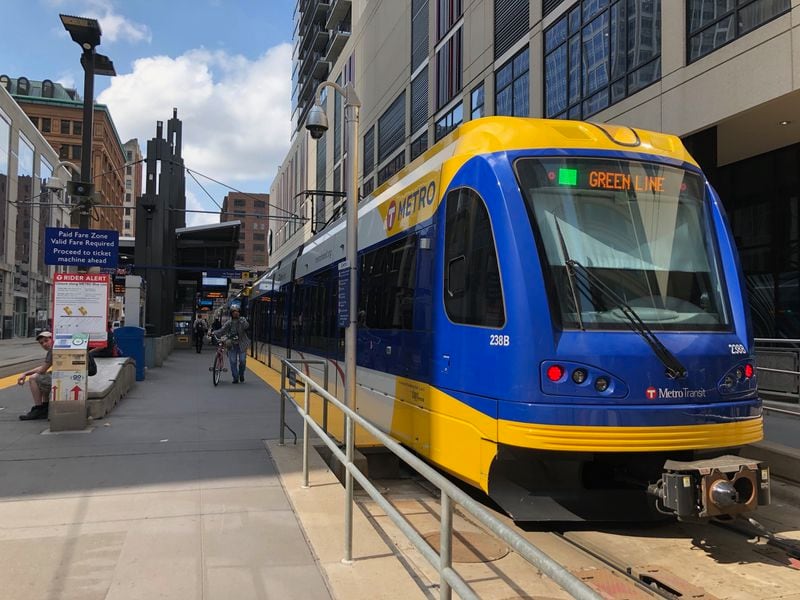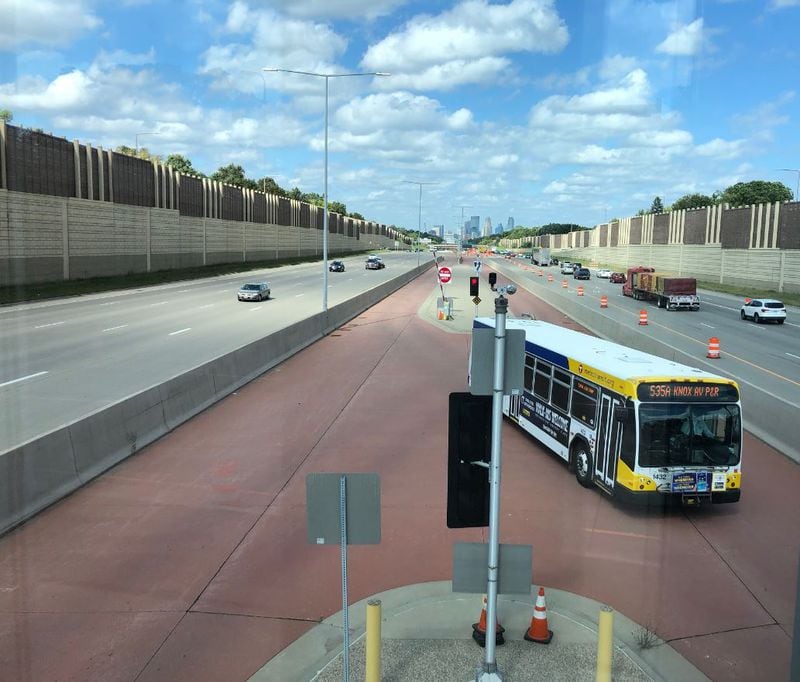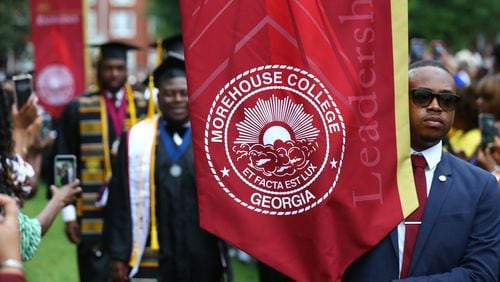One day, an Atlantan might be able to catch a train from Greenbriar Mall in the southwest part of the city to a job at Emory University.
Young professionals bound for Midtown might catch a rapid bus, avoiding the traffic hassles. Families living along the Atlanta Beltline might be able to take trains to parks and restaurants.
That's the vision that transit advocates have been selling as MARTA prepares for an Oct. 4 vote on its final transit expansion plan for Atlanta. The plan has the potential to transform the flow of people and jobs around the city for generations and perhaps remake Atlanta's skyline in the process.
But MARTA faces significant hurdles as it tries to realize that vision.
It will need more private and public money to pull off its plan. And even then, experts say, it will take more than new trains and buses to lure enough residents from their beloved cars to make the new transit lines successful.
“It largely depends on whether the culture of Atlanta switches over to transit,” said Chris Wyczalkowski, a Georgia State University researcher. “Are people actually going to start using it?”
MARTA and Atlanta are betting $2.7 billion that they will, thanks to a transit sales tax approved by city voters in 2016.
The plan unveiled by MARTA Thursday includes 29 miles of light rail, 13 miles of bus rapid transit and two new transit centers. It also calls for adding other bus routes, renovating existing rail stations and making other improvements.
Joseph Hacker, a transportation expert at Georgia State University, questioned MARTA’s spending priorities. He wishes the agency had emphasized improving existing service for regular customers instead of building flashy new light rail lines.
“It looks like a wish list for economic developers,” Hacker said. “It doesn’t look like a wish list for people needing service.”
But some who had been critical of MARTA’s initial plan were pleased when the final recommendation was released.
One beneficiary: the Atlanta Beltline. The latest plan includes $370 million to build seven miles of light rail on the 22-mile Beltline loop. It adds another $200 million as a down payment on another eight miles of rail.
“We are encouraged that voices and concerns were heard and adjustments were made,” a statement from the group Beltline Rail Now said.
MARTA is counting on private funding to cover the rest of the cost of the eight miles of Beltline rail. It’s also looking for private investors for the Clifton Corridor light rail line to Emory University.
Observers differed on whether that that’s a smart approach. Wyczalkowski said it makes sense to ask property owners who might benefit from the lines to invest in them.
“We know developers profit from all these investments, if anybody does,” he said.
Still Benita Dodd, vice president of the fiscally conservative Georgia Public Policy Foundation, doubts private investors will step forward to help fund MARTA’s projects.
“I don’t know where MARTA thinks it’s going to get any private partner naïve enough to invest in a public-private partnership for light rail,” she said.
On the Clifton Corridor, Emory University is a likely partner, though Senior Associate Vice President Betty Willis was noncommittal last week.
“We will certainly be working toward an additional local match so we can remain competitive for federal funding,” Willis said.
In fact, MARTA is counting on the federal government to pay half the construction cost of the major projects in its plan. Securing all the local funding will be key to winning federal support.
But Dodd thinks that won’t be enough. She believes the federal government under President Trump is moving away from “heavily subsidized” forms of transportation like mass transit.
“MARTA’s relying on a whole lot of federal matching funds coming in,” Dodd said. “I don’t see it happening in this environment.”
Though funding may be a challenge, it may not be as tough as coaxing motorists out of their cars. According to the U.S. Census Bureau, two-thirds of city residents commute to work by car.
Wyczalkowski, the Georgia State researcher, said he thinks it will take zoning changes – like restrictions on parking – to convince enough people to try transit.
“If we can get more people using transit, this will be an improvement,” he said of MARTA’s plan. “But if you create (population) density and people are still in their cars, it’s going to be a nightmare.”
For its part, MARTA is already thinking about its next expansion. It created its $2.7 billion plan from a list of $11.5 billion worth of projects.
In a letter last week to Mayor Keisha Lance Bottoms, agency officials called the plan “an important milestone” for Atlanta, but said “there are other quality transit projects that will require additional funding in the years to come.”
What's next: The MARTA Board of Directors will consider a final Atlanta expansion plan at 1:30 p.m. Thursday at MARTA Headquarters, 2424 Piedmont Rd NE, Atlanta.
About the Author









